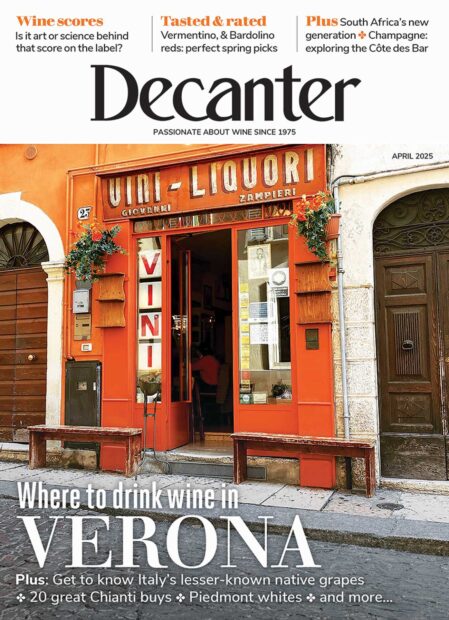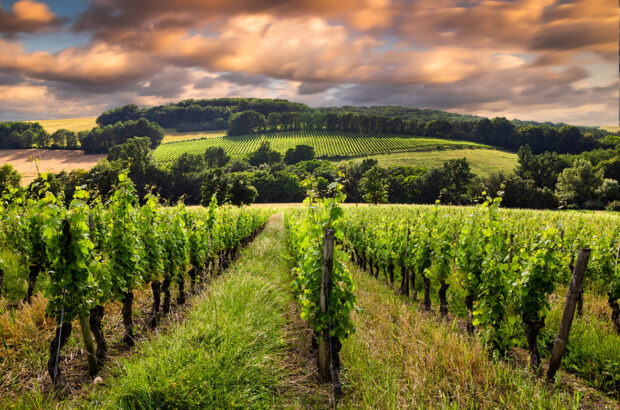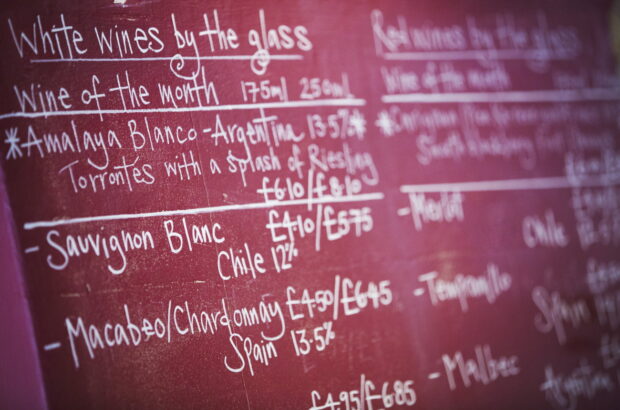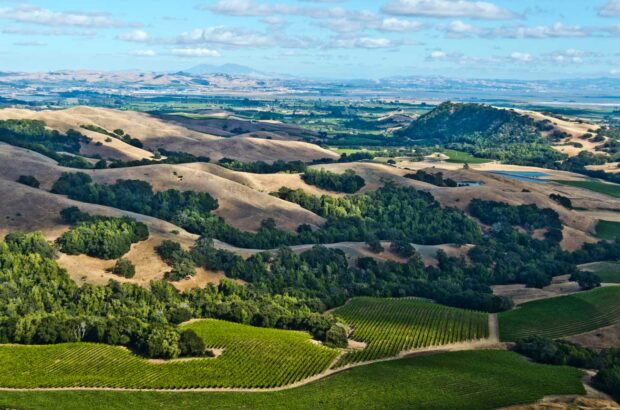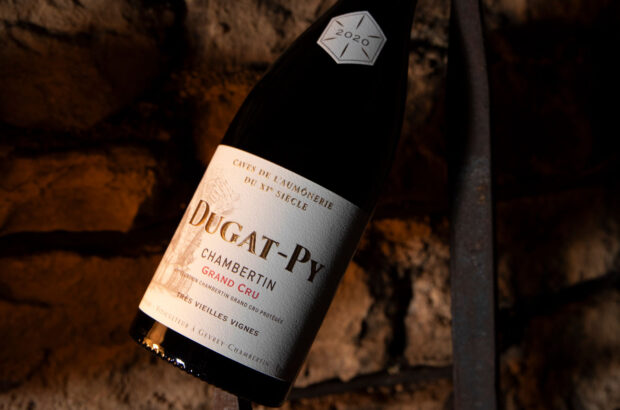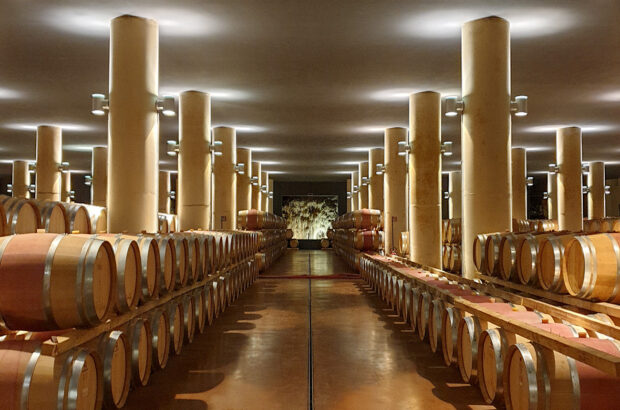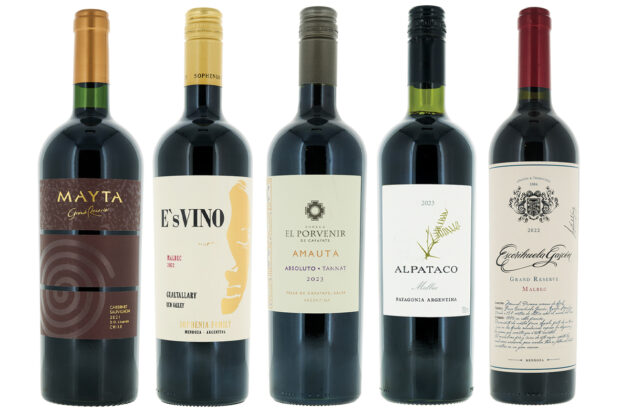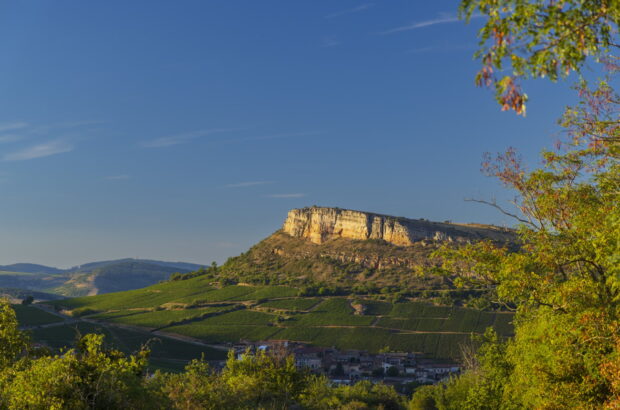Wine Legend: Philipponnat, Clos des Goisses 1964, Champagne, France
- Bottles produced 37,358 bottles, 538 magnums
- Composition Mostly Chardonnay
- Yield 50hl/ha-55hl/ha
- Alcohol 13%
- Release price Approx. 100 French francs
- Price today £1,000-£1,300
A legend because…
Many Champagnes aim to achieve a consistent house style through blending, using different grape varieties, vineyards or vintages. There are exceptions, such as Krug’s Clos du Mesnil and Philipponnat’s Clos des Goisses, which are always vintage wines, so if conditions have been poor, the producer is under no obligation to make and release them in any given year. However, when they are produced, they are Champagnes with a distinctive terroir, reflecting the soil and exposition of the place where the grapes are grown. Unlike most other single-vineyard Champagnes, Clos des Goisses is produced in most vintages. From 1935 to 2007, only 12 vintages were skipped – since 1988 it has been produced every year.
Looking back
The house, based in Mareuil-sur-Aÿ, was formally incorporated in 1912 by Pierre and Auguste Philipponnat, although the family traces its activity as wine-growers in Aÿ back to 1522. The chef de caves in 1964 was Achille Souply, the unsung hero of a great wine.
The vintage
This was a superb year for Champagne, with excellent flowering and a hot, dry summer. Rain in early August was a relief to the parched vines – grapes continued to ripen and were ready for harvesting by the second week in September.
The terroir
The Clos des Goisses is a true clos, in the sense that it is a walled vineyard under single ownership. Quite a large site, with 5.83ha planted (Philipponnat today owns 22ha in total), its main distinction is that it is a steep hill overlooking the Marne canal, facing south towards the Côte des Blancs, so that it receives constant sunshine – it is probably the warmest single vineyard in Champagne. Pinot Noir is the dominant grape; however, until 1964 the Clos had been planted mostly to Chardonnay. The soil is pure chalk. Part of the Clos is planted on a small plateau on top of the hill, giving a slightly different microclimate. Overall the Clos is on average 1.5°C warmer than neighbouring vineyards, and in some vintages such as 1959 and 1976, grapes have reached a natural ripeness of 13° potential alcohol.
The wine
The must was fermented in older barrels of various dimensions. Because of the size of the Clos, 15 lots are each fermented separately. The wine is never chaptalised, and the malolactic fermentation is always blocked. The dosage of the 1964 was 4.5g/litre.
The reaction
Tom Stevenson organised a vertical tasting in 2008; this magnum had been disgorged in 2007. ‘This was the star of the entire tasting… such amazing youth, vitality, and freshness that I wondered how it would have performed against the 1966, which has always been the fresher, more lively of these two great Clos des Goisses vintages. It is hard to imagine that the 1966 could have had more vigour and vivacity than this 1964. The balance of the 1964 is impeccable; it seems so light in the mouth for such a fabulously rich wine, with great depth, length and finesse of fruit. This is possibly the most evenly balanced vintage of them between minerality and spicy complexity. A great, great Clos des Goisses.’
In 2015, Antonio Galloni tasted the wine from magnum (disgorged March 2008): ‘A profound Champagne, the 1964 is timeless. The flavours are mature, as one would expect from a wine of this era, yet there is a fabulous sense of freshness throughout. Apricot, spice, brioche and almond are some of the nuances that open up in the glass, but the 1964 can’t be described in terms of its flavours, rather it is a wine of sublime textural finesse and magnificent complexity.’



